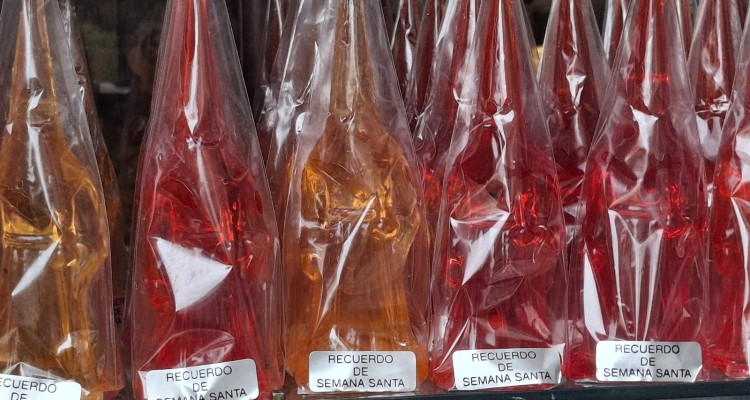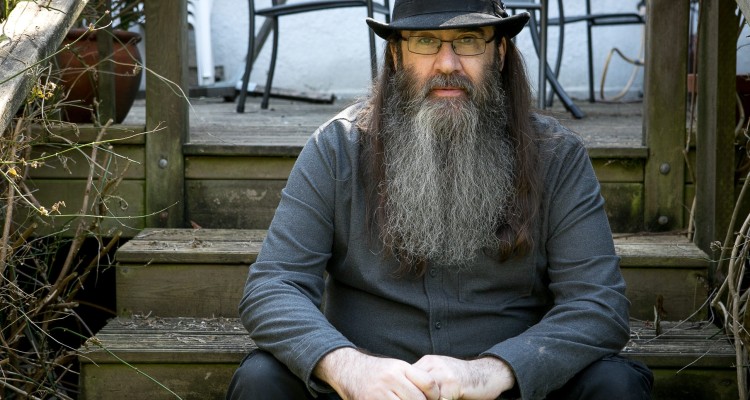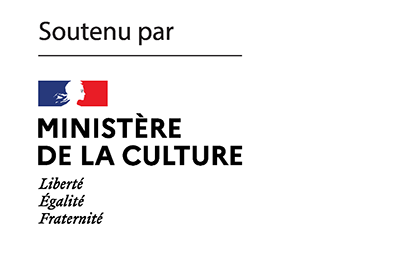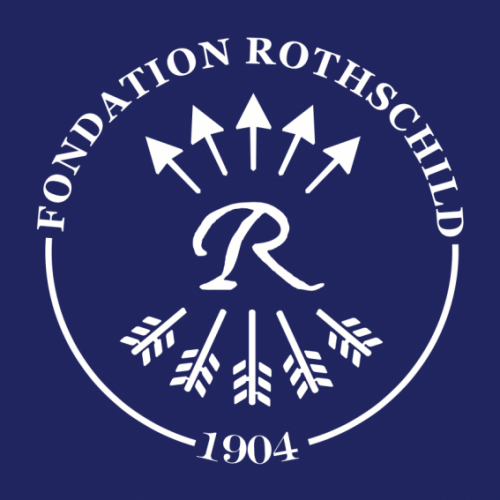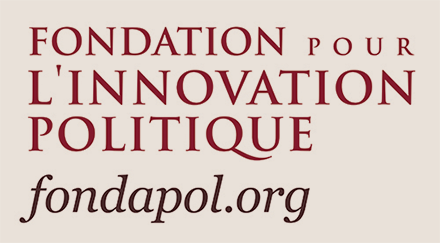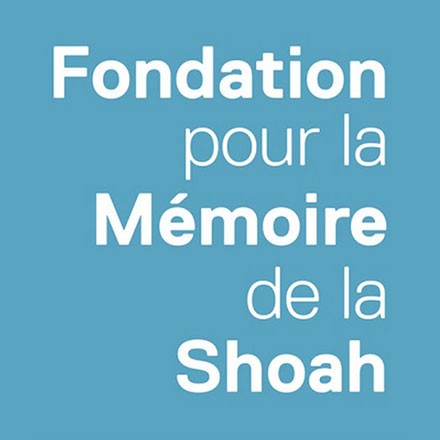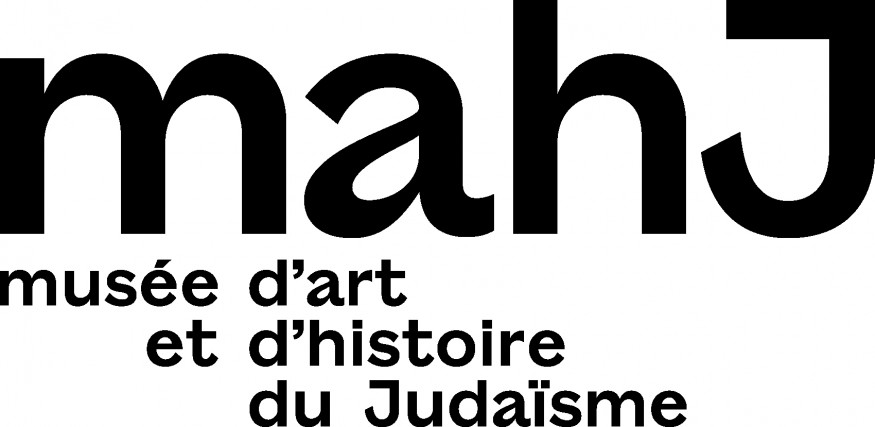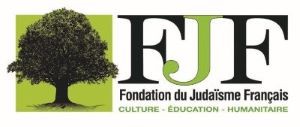The moving figure of Avrom Sutzkever can be seen in the film which, in 1945, records his testimony at the Nuremberg trial. He was one of the few Jews who testified. On the witness stand, where he spoke after a long silence, he was presented as a survivor of the Vilnius ghetto, but he was already a great Yiddish poet – who asked himself, in one of his verses from 1943: “Am I the last poet left singing in Europe?” Rachel Ertel, his translator into French and a great specialist in Yiddish literature, profiles Sutzkever for K. – an immense poet who, according to her, has the stature of Celan – against the background of his relationship to Europe.
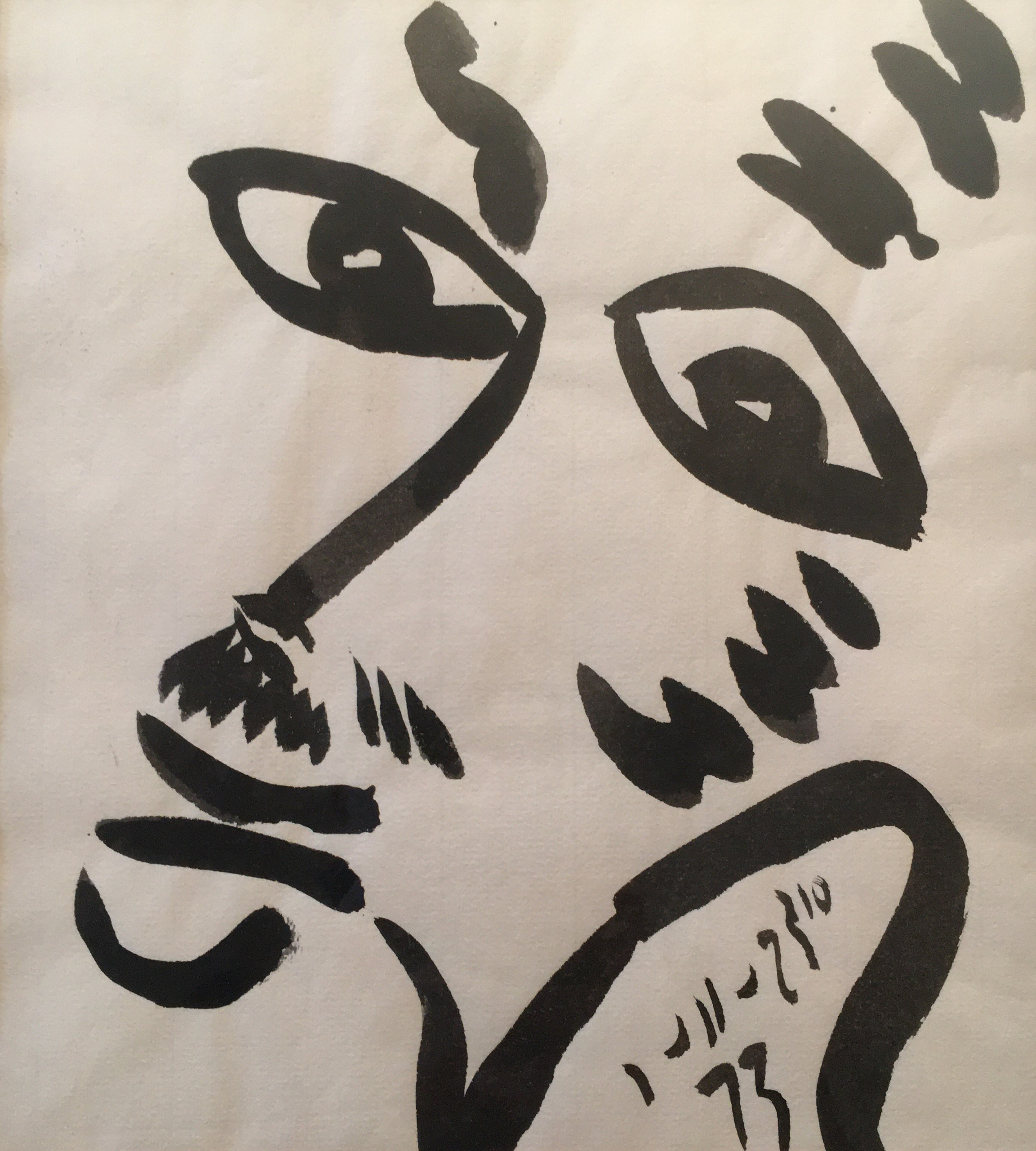
Avrom Sutzkever, on June 22, 1943, in the Vilna ghetto, asks himself this question:
“Am I the last poet left singing in Europe?
Am I making song now for corpses and crows?
I’m drowning in fire, in gunk, in the swamps,
Imprisoned by yellow patched hours as they close.
I bite at my hours with the teeth of a beast
By a mother’s tear strengthened. Through teardrops I see
The heart of a million rise forth from the bones
Of long-buried brothers in gallop toward me.
And I am that heart of a million, one chosen
To guard the songs they left behind as they fell,
And God, whose estates Man has put to the torch,
Goes hidden in me as the sun in a well.”[1]
Avrom Sutzkever’s (1913-2010) poetry had already penetrated to all the corners of Yiddishland. His work has acquired the same geographic range as the Jewish people themselves in their dispersion. He started from the Wordsworthian point of view, his work based on this sense of wonder common to the poet and child, but he descended into the darkest and deepest depths of the human experience, reborn from the ashes like the Phoenix. He became a legend during his own lifetime.
Sutzkever and Europe: Bewitchment and Then Horror
Born in Smorgon, Lithuania, Avrom Sutzkever and his family were exiled to Siberia during the First World War, suspected by the Russian imperial government of collaborating with the German military, as was the case with hundreds of thousands of Jews under the Tsar’s rule. He spent the first years of his life there, amid the endless stretches of snowy terrain, the rivers iced-over for half of the year, and these experiences imprinted themselves on his soul. The land colored for the rest of his life his perception of nature and light, becoming an inexhaustible source of inspiration in his use of metaphor. He experienced his first loss there, that of his father. Whiteness became a sign of the ambiguous nature of life – in slumber in the depths of the earth or waters, fated to a long winter hibernation and the inevitable resurrection – as well as a motif for the enigma of death.
Living in a Siberian hut, located on the banks of the Irtysh River, at the age of seven years old, Sutzkever launches into poetry. At the start, similar to the Polish Romantics, he sees in poetry the one means through which to halt the ineluctable march of time, to free oneself from the ephemeral, to commune with the universe in a sort of pantheistic ecstasy: “just / to gather in the knapsack of the wind / the red beauty / and bring it home for supper.”
Returning in 1922 to Vilnius, “the Jerusalem of Lithuania”, at the age of nine, he will spend the rest of his childhood and youth in this city. He published, in 1937, at the age of 28, his first poetry collection, titled Lider (Poems). In 1940, in the nick of time, he will publish his second collection, Valdiks (Sylvan, From the Forest). The title cannot help but seem ironic in light of the Second World War, which was soon to unleash its horrors on the Eastern Front.
The relationship between Sutzkever is at first one of bewitchment and later one of horror, the latter emotion will remain with him for most of his life. Europe, along with the city of Vilna, is the place to which he is attached, a place that he bears with him throughout his life and wandering. He will muse on this love during the grimmest hours of his life, as he says farewell to Vilna in 1943-44, finding shelter in the Forests of Naroch, among the partisans.
The debut of Sutzkever’s literary career coincides with a blossoming of avant-garde Yiddish literature. This movement, begun on the eve of the First World War, will attain full flower in the two decades to follow. The school that Sutzkever belongs to, Yung Vilnè (Young Vilna), appears late on the scene, due to the political situation of Lithuania – a peripheral land alternating between Russian and Polish control, – and thanks to the poor economic situation of the nation’s Jews. The distinctiveness of Young Vilna, including around ten prose-writers, poets and artists, cannot be explained in terms of a common ethos or longevity. The group will publish only three almanacs (1934-36), and will remain quite disparate. However, the intensity of the productive outpouring, and its diversity, will lend a certain energy to cultural and intellectual life. Sutzkever’s aesthetic in the first two collections breaks with that of the Yiddish avant-garde, eschewing the apocalyptic rhetoric one observes in these milieux as well as among non-Jewish modernists in Poland, Germany and Russia. His work was published in numerous reviews in Warsaw and elsewhere in Poland, but also struck a chord with the introspectivism (inzikhism) of New York Yiddishists. His works were immediately celebrated.
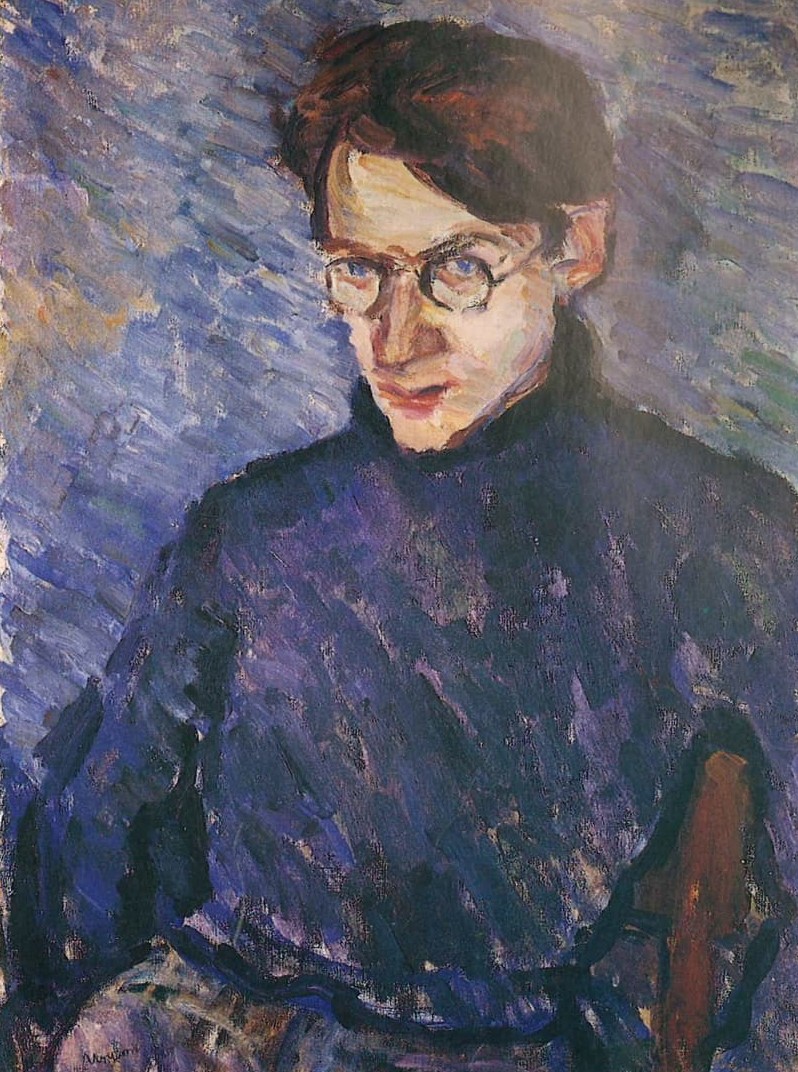
The hell of the ghetto soon arrives, and utterly transforms the tone of his work. He writes non-stop, all the time, even under the most dire circumstances, convinced that “as long as I write, the bullet will not reach me”.
His work constitutes a form of resistance, and he polishes it all the time, participating simultaneously in the cultural life of the ghetto (teaching, conferences, exhibitions). He belongs to “the paper brigade” tasked by the Nazis to choose the most important Jewish productions for a future museum dedicated to “a vanished people”. He will use this chance to recover and shelter most of what he collects, an experience that he relates in his post-war memoir, The Vilna Ghetto, published first in Moscow and then Paris in 1946. Amid the utter destruction of his world, the extermination of his loved ones, his mother, his newborn, his closest friends – writers, poets, painters – he never stops writing, not even for a day. Poetry was his elixir of life. At the heart of the fiercest barbarism, surrounded by the living dead of the ghetto, humans starved, humiliated and selected for extermination camps, he cannot escape this question: “am I the last poet left singing in Europe ?”
The horror of this period will haunt the rest of his work, a reality that manifests in many facets. During the liquidation of the Vilna Ghetto in 1943, he manages to escape with his wife and a group of friends, spiriting themselves out of the city and to the woods through the sewer, an episode that he touches on his epic poem Secret City (1948). After the war, thanks to the intercession of his friend Ilya Ehrenberg, he reaches Moscow aboard a military plane. He will testify at the Nuremberg Trials in 1946, giving testimony in Russian after having been denied the right to use Yiddish.
Sutzkever’s Work, A Poetry Pushing the Limits
After a few years of wandering around Europe, including a brief stay in Paris, he will arrive in 1947 in Eretz-Yisrael, which will become in the following year the modern State of Israel, embraced by the poet as his Spiritual Land (1961). He comes to Israel, in the same manner as the Prophet Elijah, astride a Chariot of Fire (1952). Tireless and prolific, he creates a new monumental and polymorphic repertoire, sometimes of a pure beauty, sometimes of a pure frightfulness, melding the before and after, in a captivating synthesis, the product of a Promethean labor. He believes in the omnipotence of poetry and his in particular, in which he mentions and confronts (lower-case) god, remonstrates with the deity, compares himself to god as a Creator. He founds a new review in Israel, Di goldenè Keyt (The Chain of Gold), which a new circle of intellectuals (named Yong Isroel in an homage to Yung Vilné). The group will succeed in bringing out 150 issues, in which one can find some of the most formative creations of post-war Yiddishland.
The work of Sutzkever becomes more and more a poetry of limits: the limits of dreams when a dream is possible, the limits of a nightmare when that occurs, alternating one to the other in his Old and Young Manuscripts (1982), a doppelgänger for himself or for his own Twin Brother (1986). When Yiddish modernity teemed with apocalyptic imagery, he played, on the sidelines, novel harmonies and composed precise images. When “time tore itself apart”, he preserved for posterity in his verse these pictures of horror. For those that could not be snared in his prosody, meter and classic rhyme, he shredded his own tongue. He chooses a mixture of poetry and prose, gnashing, slashing, trembling, located somewhere between hallucination and inanity, retrieving a form of Expressionism until then held at arm’s length, but which now was returned to the surface to capture the madness of History, buried in the same tomb with the poet in the post-war period.
How might one describe Avrom Sutzkever’s relationship with Europe? He was tangled in a series of paradoxes and contradictory images, the splendors of the “Blond Dawn” of the Slavic lands, “From the Forest”, the shadows and lights of the region’s thick forests and the cries of assassins, the darkness that comes down on the victims, the annihilation of his people, the sewers that make up “the secret city”, “the Jewish street”, erased from the Earth but which the poet intends to immortalize. « You are my first love and my first love you will remain / you are the wonder, the immortal splendor / stronger than time’s criminal flow.”
Even after having settled in the ochre and red, the riot of color of the “spiritual land,” amid the whiteness and luminosity of Jerusalem, he does not cease to return both in his poetry and life to old Europe. Europe is, after all, the cursed land of the exterminated, with whom he continues to exchange. He finds himself in a direct and embodied relationship with the dead while in Europe.

Despite the abomination, Europe remains for him a land of philosophers, creators, composers, painters and poets. He discovers anew the excommunicated Spinoza in Holland, as well as Rembrandt and his “Jewish fiancée”, his “old rabbi”, hand-in-hand with the great Flemish painter Rubens. In Italy, Michelangelo’s “The Creation of the World” in the Sistine Chapel. He hears the music of Bach, Beethoven and Schubert. Paris is his favorite city, to which he dedicates several poems, writing in the cafes of the Latin Quarter and Montparnasse. Paris is for him above all the Louvre, which holds the essentials of painting and sculpture, as well as Montmartre, with the Sacré-Coeur towering over the neighborhood. He draws on the classic French poet Villon or Louise Labé, Rimbaud, Verlaine, Apollinaire. He reads in translation contemporary poets like René Char, Yves Bonnefoy, Claude Vigée, Aragon. He posts up in their old haunts, like the Cafe Madrid where Baudelaire spent his time, and where a century on, Sutzkever imagines his lover awaiting the nineteenth century author. He meets also in Paris his brothers in Yiddish poetry, and the group tries to reconstitute “13 Tlomatzka Street”, the address for Yiddish writers in pre-war Warsaw. He also wrings his hands over the aporia inherent to his literary enterprise: his language has been murdered, uprooted, burned along with its European speakers. Yiddish writing occurs in a language menaced with extinction, a fate that Sutzkever refuses to resign himself to.
He cannot countenance the idea that his language could become “ashes”, as says another Yiddish poet, Glatstein. He fights for it and debates himself in it, as does Paul Celan in the German language, but in a mirror-image opposition: Sutzkever in the language of the exterminator, and Celan in the language of the executioners. Both nonetheless grapple with the annihilation of the Jewish people and what poetry might say of it. “It,the language, remained, not lost, yes, in spite of everything. But it had to pass through its own answerlessness, pass through frightful muting, pass through the thousand darknesses of deathbringing speech. It passed through and gave back no words for that which happened; yet it passed through this happening. Passed through and could come to light again, ‘enriched’ by all this.”[2]
Rachel Ertel
Notes
| 1 | Translated by A.Z. Foreman. |
| 2 | Paul Celan, 1958 Bremen Prize Speech |
